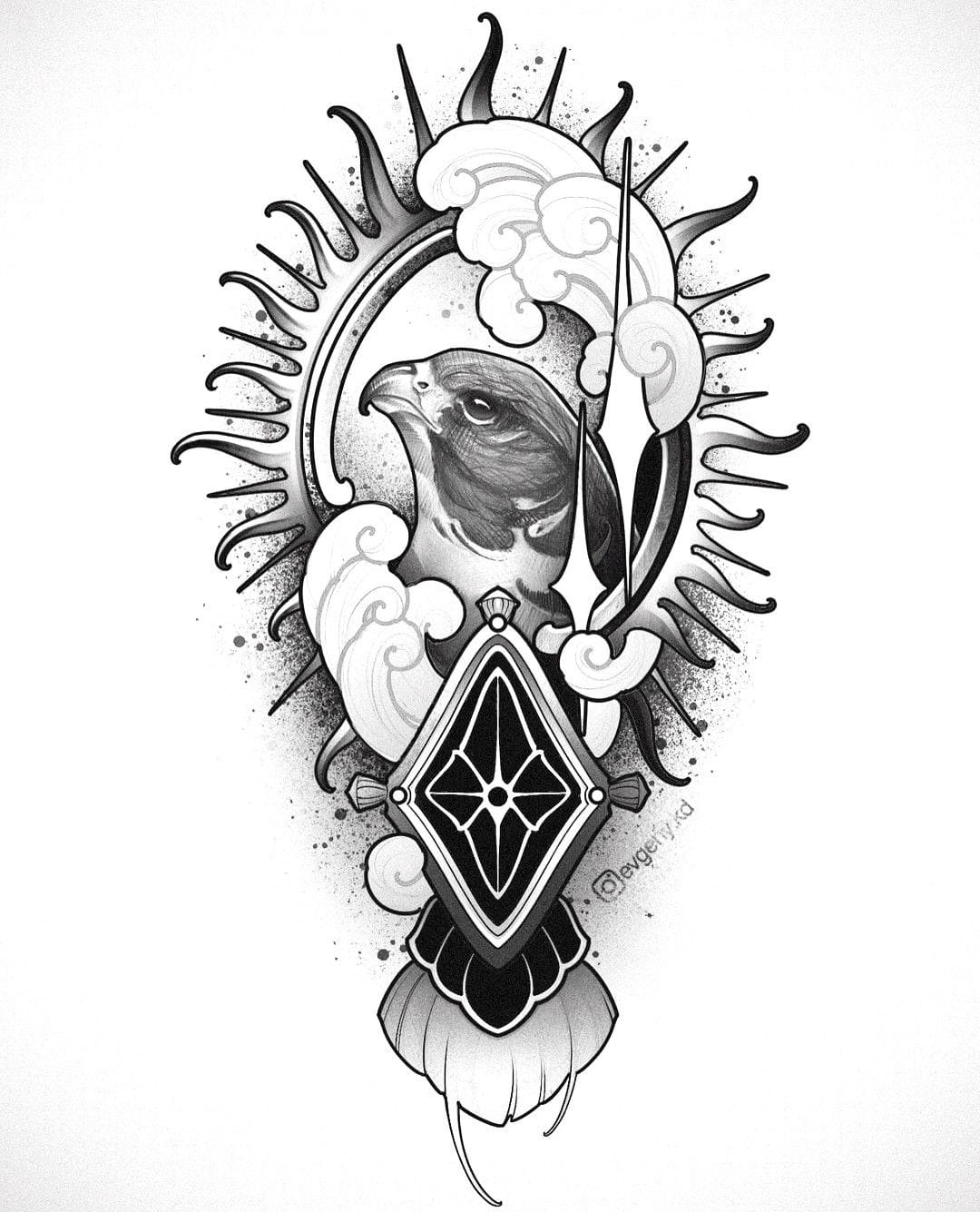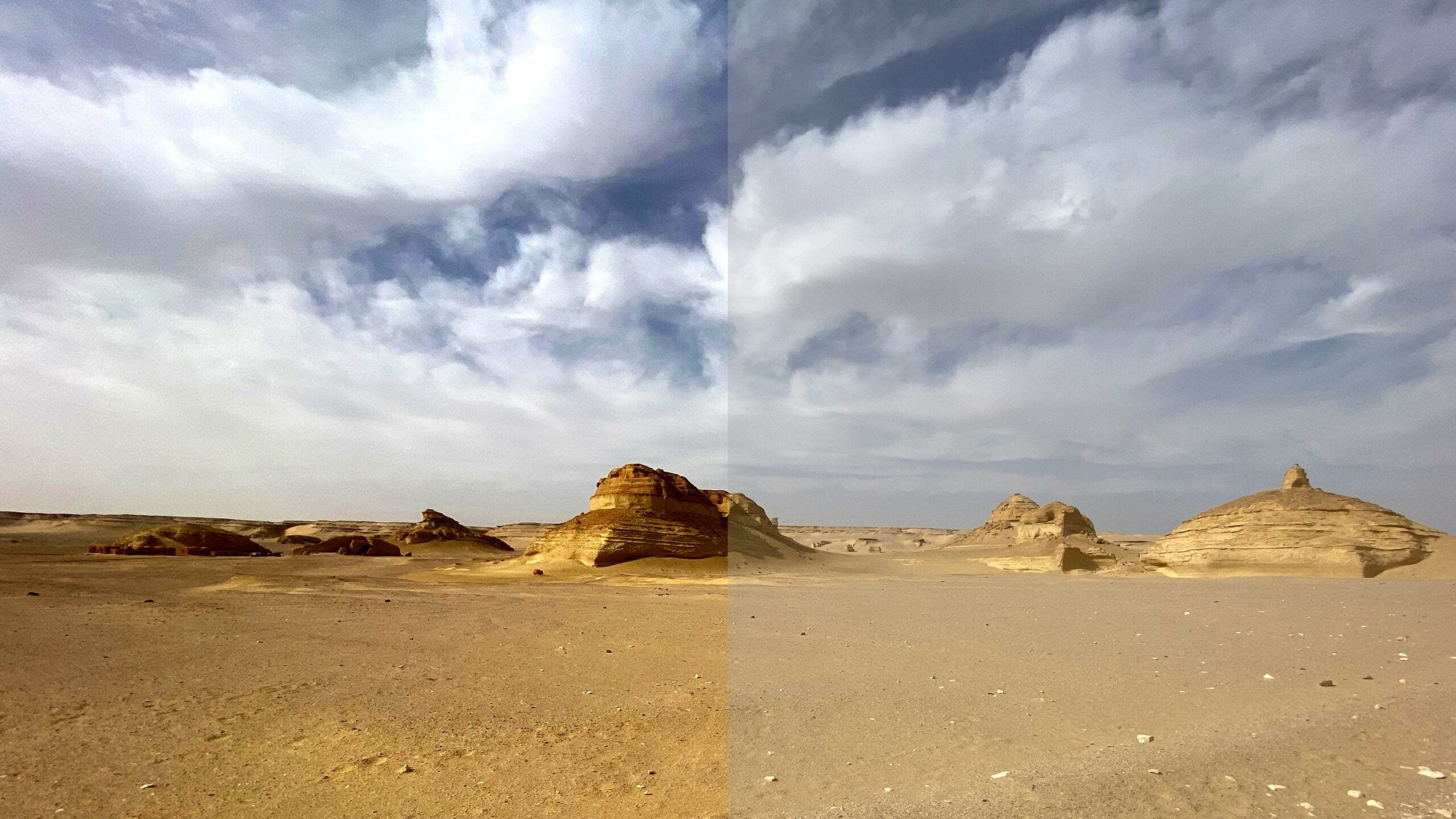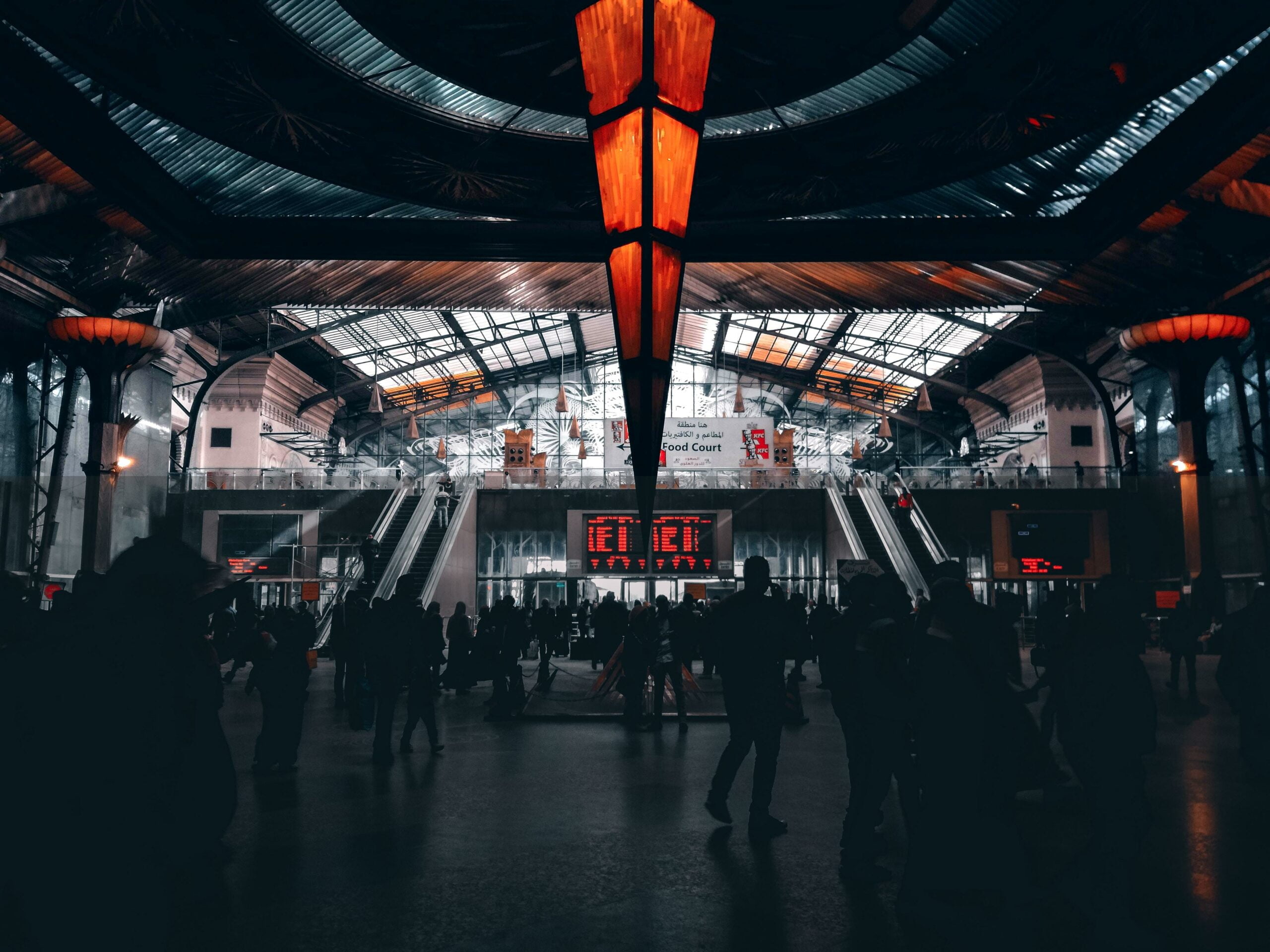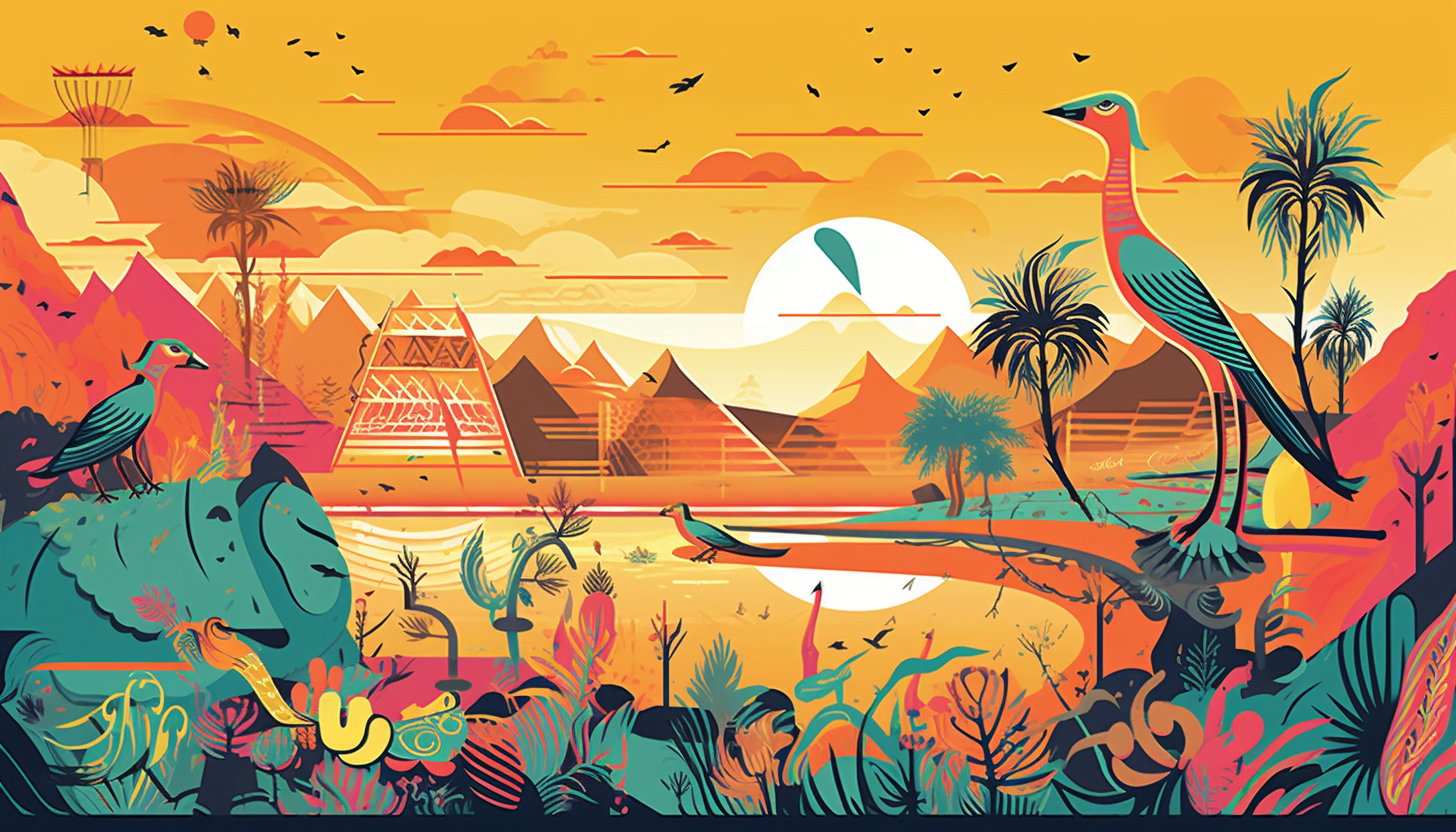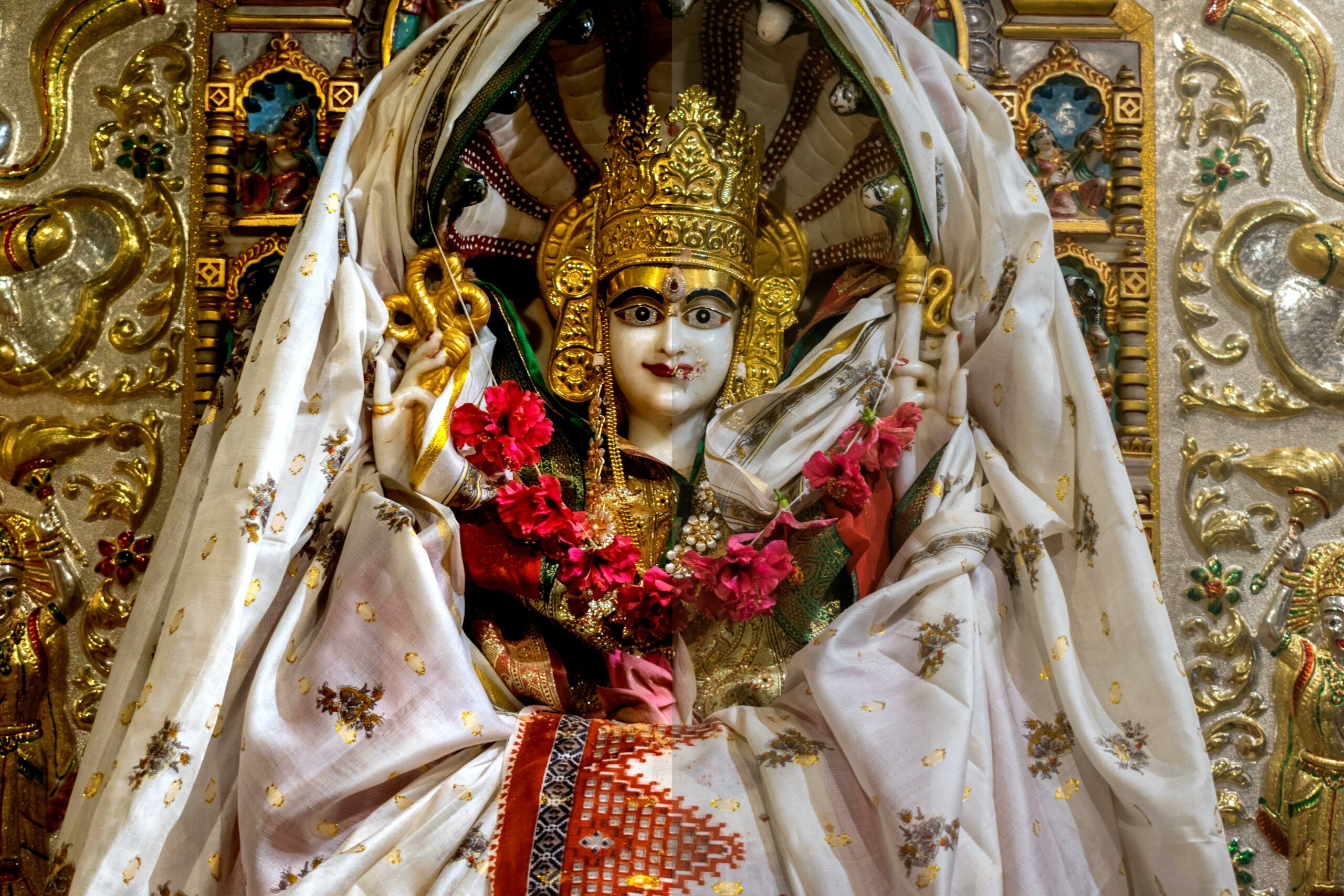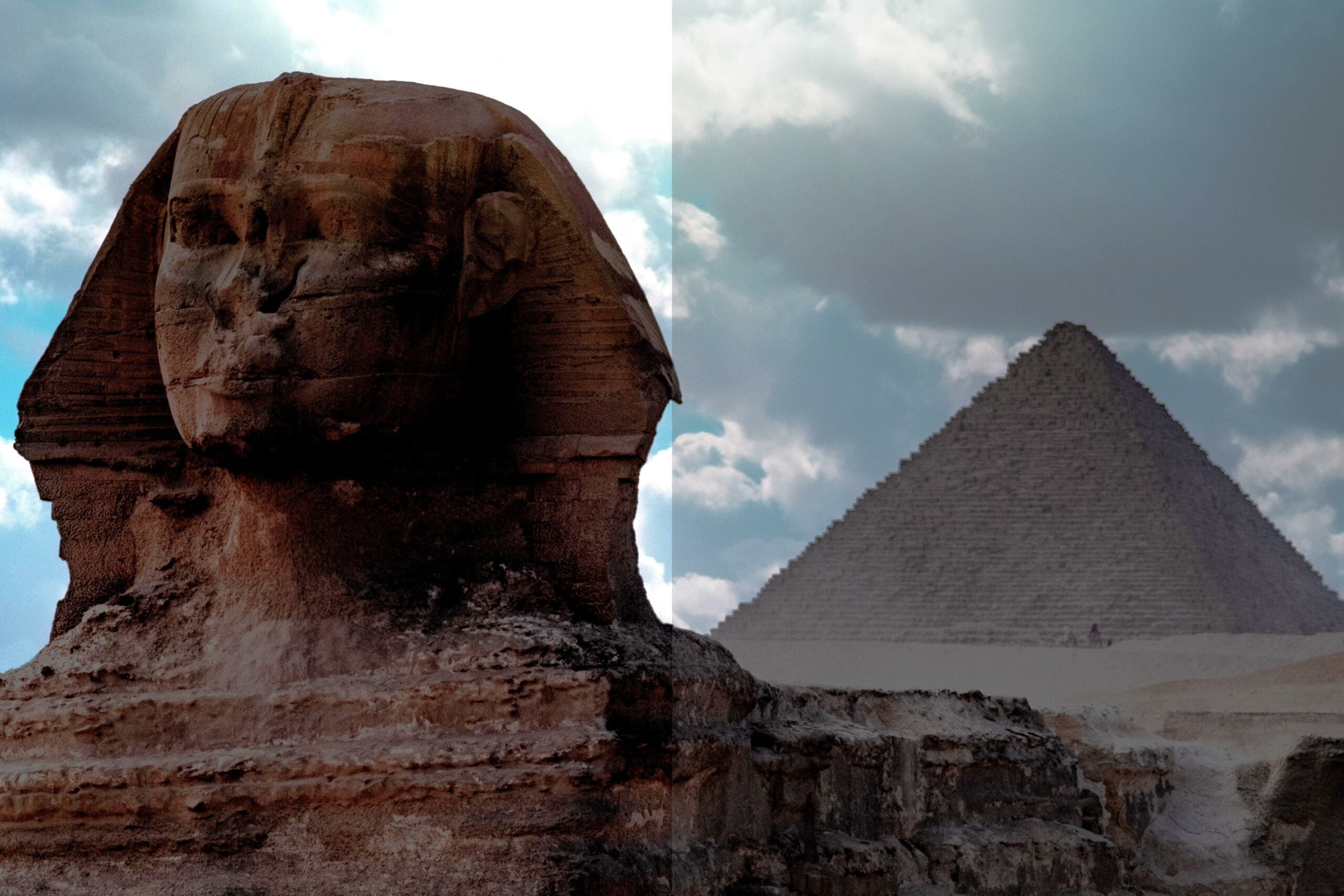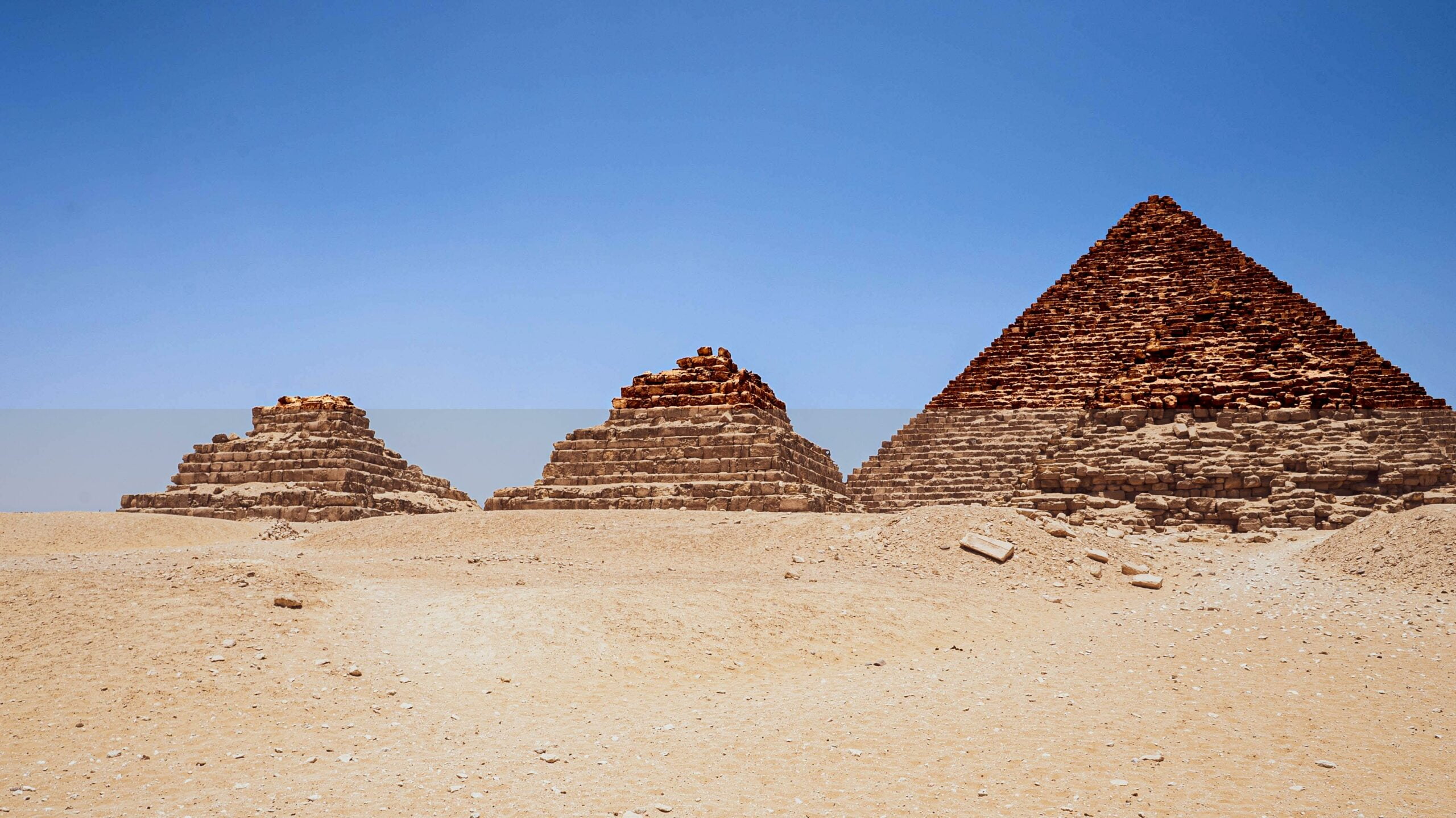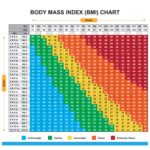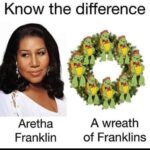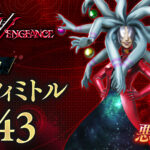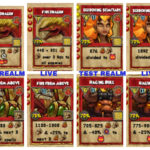Unveiling the Wedjat: More Than Just an Eye
Ready to explore the captivating world of ancient Egyptian tattoos? The Wedjat, often called the Eye of Horus, is more than a striking design—it’s a powerful symbol imbued with meaning, history, and a touch of ancient magic. Whether you’re drawn to its aesthetic beauty or its rich symbolism, join us as we unlock the secrets of the Wedjat tattoo.
The Story Behind the Symbol: A Tale of Loss and Restoration
Imagine a world where gods walked among us. In ancient Egypt, Horus, the falcon-headed god of kingship, found himself locked in a fierce battle with his uncle Set, the embodiment of chaos. During their struggle, Horus lost his left eye, a devastating injury that represented a disruption of cosmic order. But fear not! The eye was miraculously restored by Thoth, the god of wisdom and healing, becoming a potent symbol of triumph over adversity and the restoration of balance. This restored eye is the Wedjat.
A Deeper Look: Unpacking the Wedjat’s Symbolism
The Wedjat’s power extends far beyond its captivating appearance. Here’s a glimpse into its multifaceted layers of meaning:
- Protection: Like a spiritual shield, the Wedjat was believed to ward off evil spirits, misfortune, and negative energies, offering a sense of safety and security.
- Healing: The very essence of the Wedjat is rooted in healing—both physical and spiritual. It represents the body’s ability to recover, the spirit’s resilience, and the power of renewal.
- Wholeness: “Wedjat” translates to “whole” or “complete.” True to its name, this ancient symbol embodies the idea of wholeness, signifying the reunification of fragmented parts, the integration of mind, body, and spirit, and the achievement of a state of completeness and harmony.
The Anatomy of the Wedjat: Six Parts, Six Blessings
Ancient Egyptians were masters of symbolism, and the Wedjat is a testament to their intricate understanding of the world. Each of the Wedjat’s six parts corresponds to a different sense (sight, smell, taste, touch, hearing, and thought), as well as to a fraction, with the six parts adding up to one—a powerful representation of wholeness.
Making It Your Own: The Wedjat Tattoo Today
The Wedjat’s allure transcends time. It remains a popular tattoo choice today, often chosen for its aesthetic beauty and the powerful symbolism it embodies. Here are some key things to consider:
Placement: Where to Ink Your Wedjat
The beauty of the Wedjat lies in its versatility. It can be inked in various sizes and styles, adapting beautifully to different placements:
- Behind the Ear: A subtle and elegant choice, perfect for a small, detailed design.
- Wrist or Ankle: Ideal for a minimalist or more intricate design that can be easily shown or concealed.
- Back of the Neck: A bold and powerful placement for a larger, more detailed Wedjat, often incorporating other Egyptian motifs.
Design Variations: From Traditional to Modern
While the traditional Wedjat image is captivating in its simplicity, modern interpretations abound, offering endless possibilities for personalization:
- Traditional Wedjat: A classic representation of the eye, often depicted with bold lines and intricate details.
- Incorporating Other Motifs: Combine the Wedjat with other Egyptian symbols like the ankh (life), the scarab beetle (protection), or the lotus flower (renewal) for a more elaborate design.
- Playing with Color: While black and white inks are classic choices, don’t shy away from incorporating color to add depth and personal meaning.
Respecting the Roots: Cultural Sensitivity and the Wedjat
Before you rush to the tattoo parlor, it’s crucial to approach the Wedjat—and any cultural symbol—with sensitivity and respect. Here are some essential points to remember:
- Research is Key: Take the time to thoroughly understand the Wedjat’s rich history, symbolism, and cultural significance.
- Engage with Knowledgeable Artists: Seek out tattoo artists who are not only skilled in their craft but also well-versed in ancient Egyptian art and symbolism.
- Appropriation vs. Appreciation: Be mindful of the fine line between cultural appropriation (using a symbol without understanding or respecting its origins) and cultural appreciation (honoring a symbol’s meaning and significance).
Beyond the Tattoo: The Wedjat’s Enduring Legacy
The Wedjat’s power extends far beyond the realm of body art. Its imagery can be found in:
- Ancient Egyptian Artifacts: Amulets, jewelry, sarcophagi, and temple walls often bear the Wedjat, attesting to its significance in ancient Egyptian culture.
- Modern Jewelry Design: Contemporary designers continue to draw inspiration from the Wedjat, crafting stunning pieces that carry echoes of ancient symbolism.
- Spiritual Practices: The Wedjat’s association with protection, healing, and wholeness resonates with those seeking spiritual connection and guidance.
What is the difference between the Wedjat and the Eye of Ra?
While often confused, the Wedjat (Eye of Horus) and the Eye of Ra are distinct symbols in Egyptian mythology, each embodying unique powers and stories.
The Wedjat: A Symbol of Resilience
As we’ve explored, the Wedjat, usually depicted as a left eye, represents healing and restoration. It reminds us that even in the face of adversity, wholeness can be achieved.
The Eye of Ra: A Force of Power
The Eye of Ra, often shown as a right eye, is a fierce protector, embodying the sun god Ra’s might and authority. It acts as an extension of Ra’s power, capable of independent action to vanquish enemies and uphold order.
Key Differences:
| Feature | Wedjat (Eye of Horus) | Eye of Ra |
|---|---|---|
| Symbolism | Healing, protection, wholeness | Power, protection, justice |
| Mythology | Horus’s lost and restored eye | Extension of Ra’s power |
| Direction | Typically depicted as a left eye | Typically a right eye |
What does the ankh tattoo mean?
The ankh, another powerful symbol from ancient Egypt, is often seen alongside the Wedjat. It represents the concept of “life” or “eternal life.”
The Ankh: A Symbol of Eternal Life
The ankh is a hieroglyph that signifies “life” and represents the eternal, unchanging spirit that transcends death. Imagine it as the key to immortality, unlocking the mysteries of the afterlife.
Decoding the Ankh’s Shape:
- The Loop: Symbolizes the cyclical nature of life, encompassing birth, death, and rebirth.
- The Cross: Represents the human form and the eternal spirit that exists beyond the physical body.
The Ankh Tattoo: A Timeless Statement
Just like the Wedjat, the ankh has found new life as a powerful tattoo design. People choose it to:
- Celebrate Life: The ankh is a reminder to cherish life and all its experiences.
- Embrace Eternity: It symbolizes the enduring nature of the soul and the belief in life after death.
Conclusion: The Enduring Power of Ancient Symbols
The Wedjat, the Eye of Ra, and the ankh offer a glimpse into the rich tapestry of ancient Egyptian beliefs. Whether you choose to wear them as body art or simply appreciate their beauty and symbolism, these powerful images continue to resonate with people across cultures and time. Their enduring legacy reminds us of the power of storytelling, the human fascination with the mysteries of life and death, and the timeless search for meaning and connection.
- HelpCare Plus: Revolutionizing Affordable and Accessible Healthcare - December 29, 2024
- Boom & Bucket: Your Digital Marketplace for Used Heavy Equipment - December 28, 2024
- Ankle Bones Crossword Clue: Solutions, Tips & Anatomical Insights - December 28, 2024
